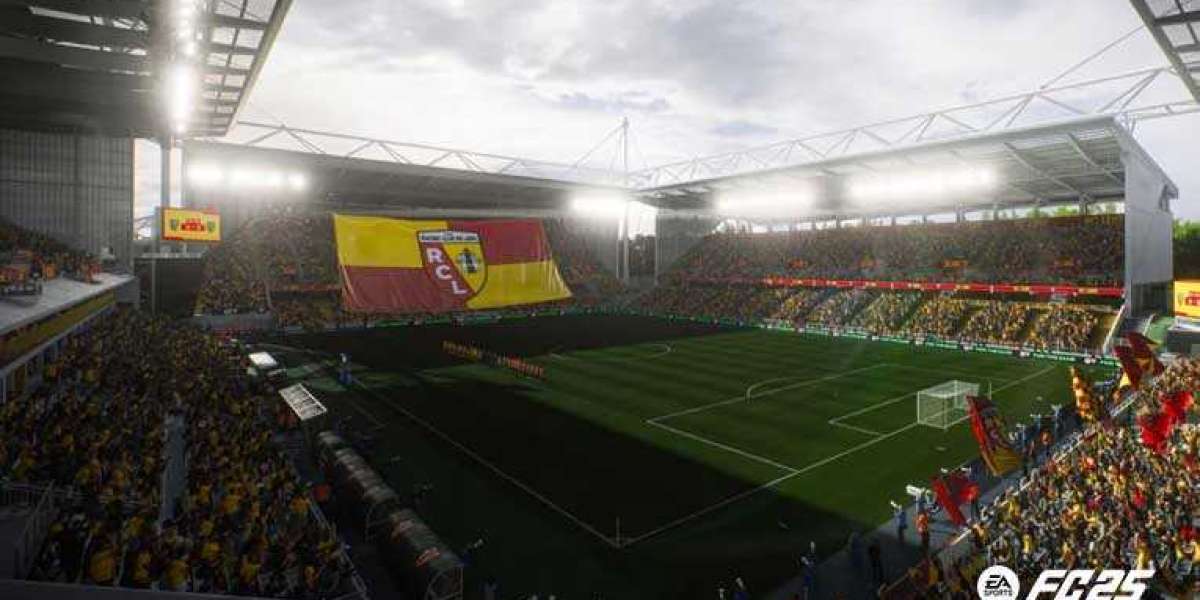When it comes to building materials, there are a lot of options to choose from. But sometimes, the most reliable ones get overlooked. Today, we're putting the spotlight on a champion of resilience - Chlorinated Polyvinyl Chloride, or CPVC for short. You might be familiar with PVC, but CPVC takes things a step further. By adding a little extra chlorine to the mix, CPVC gains some amazing superpowers. It becomes incredibly resistant to corrosion, so it can handle harsh chemicals and tough environments without breaking a sweat.
Think pipes and fittings that keep your water flowing smoothly? That's CPVC. Crucial fire sprinkler systems that protect lives? Yep, CPVC again. But CPVC's uses go way beyond the basics. It's also used in adhesives and coatings for extra strength and durability, and it even comes in handy shapes like rods, sheets, and tubes for all sorts of fabrication needs.
So, if you're looking for a reliable material for piping? CPVC can be your favourite. In the upcoming sections of this blog, we'll dive deeper into the world of CPVC, exploring its technical specs, how it's installed, and the many ways it shapes the world around us. Let's give CPVC the recognition it deserves!
Introduction
Chlorinated Polyvinyl Chloride (CPVC), denotes a synthetic plastic compound. It's an evolved version of polyvinyl chloride (PVC), exhibiting both resemblances and variances to its precursor. CPVC, a polymer extensively employed in crafting plumbing pipes, vents, liners, structural components, and equipment resistant to chemicals, is a prevalent material in various industries.
CPVC's properties make it a valuable material for various engineering applications. Here's a breakdown of each key quality:
- High Glass Transition Temperature (Tg): This refers to the temperature at which a plastic goes from a rigid, glassy state to a rubbery one. CPVC's high Tg means it stays strong and maintains its shape even at elevated temperatures, making it suitable for hot water pipes and industrial applications.
- High Heat Distortion Temperature: This is the temperature at which a plastic starts to deform under its own weight. CPVC's high heat distortion temperature allows it to withstand hot environments without warping or sagging.
- Chemical Inertness: CPVC is resistant to attack by many chemicals, including acids, bases, salts, and some solvents. This makes it ideal for use in plumbing systems and chemical processing plants where it can come into contact with various fluids.
- Outstanding Mechanical Properties: CPVC offers good strength, stiffness, and impact resistance. It can handle pressure and wear and tear, making it suitable for demanding applications.
- Dielectric Properties: CPVC is a good electrical insulator, meaning it doesn't conduct electricity well. This makes it a safe choice for electrical applications where preventing current flow is important.
Manufacturing Process
The Journey from Monomer to Polymer: Understanding PVC and CPVC Production
Polyvinyl chloride (PVC) and chlorinated polyvinyl chloride (CPVC) are ubiquitous materials in modern manufacturing, serving as the backbone for various products ranging from pipes to chemical containers. The intricate process of transforming vinyl chloride monomer (VCM) into these versatile polymers involves several distinct stages, each crucial for ensuring the quality and functionality of the final product.
- Polymerization Process (From Monomer to PVC):
- Reactors: Loop or stirred tanks facilitate rapid conversion of VCM into polyvinyl chloride (PVC) molecules.
- Conditions: High heat (950°F) and pressure (350 bar) are employed for approximately 30 seconds.
- Monitoring: Sensors ensure precise temperature control for optimal polymerization.
- Creating PVC Resin:
- The polymerized VCM reacts with itself to form long PVC molecules.
- This reaction happens in a vacuum chamber at lower pressure to facilitate heating.
- Heat triggers the VCM reaction, forming PVC.
- The final product is cooled and shaped into a large block.
- Chlorination Process (Conversion to CPVC):
- Chlorination: PVC resin is exposed to chlorine gas and pressure (around 400°F) to produce CPVC resin.
- Equipment: Specialized machinery includes pumps, chlorinators, and reactor vessels to facilitate the reaction.
- Conditions: Chlorine, vinyl chloride, and oxygen are injected at specific points within the reactor, with the reaction occurring at around 400°F under reduced pressure (approximately 10 atmospheres).
- Shaping Up: CPVC Pellets
- The final CPVC resin needs to be formed into usable pellets.
- A strand pelletizer takes the resin through cooling stages before pushing it through a die to create pellets.
- This pelletized form becomes the raw material for pipes and other products.
- Resin Customization (Formulation):
- Additives: Various additives such as stabilizers and colorants are blended with CPVC resin based on intended applications.
- Mixing: Resin, plasticizers, and stabilizers are carefully mixed using pumps and specialized machinery.
- Sequence: Stabilizers and catalysts/initiators are added first, followed by other additives before final cooling and packaging.
- The Finished Product: CPVC Resin Pellets
- The final product is the packaged CPVC resin pellets, ready for storage or further processing. These pellets are used to make various products like water pipes, chemical containers, and ABS sheets.
In conclusion, the journey from monomer to polymer, specifically from VCM to PVC and CPVC, is a complex yet meticulously orchestrated process. Each stage, from polymerization to chlorination, and from pellet formation to resin customization, contributes to the production of high-quality PVC and CPVC materials that form the backbone of countless industrial and consumer products. Understanding this journey underscores the importance of precision, innovation, and attention to detail in the realm of polymer manufacturing.
Another CPVC manufacturing process is as follows:
- CPVC Composition: CPVC (Chlorinated Polyvinyl Chloride) is primarily composed of petroleum (30%-37% of the finished product) and common salt (63%-70%). This composition minimizes reliance on non-renewable hydrocarbon resources, offering an environmentally favorable alternative to many other plastics.
- Raw Material Sources: The main raw materials required for CPVC production are polyvinyl chloride (PVC) resins and chlorine. PVC is derived from petroleum gas, while chlorine is obtained through electrolysis of common salt (NaCl).
- Production Process: CPVC production involves a series of chemical reactions. Petroleum gas is heated to produce ethylene and propylene, with ethylene being utilized in PVC production. Chlorine and ethylene are combined to produce ethylene dichloride, which is then converted into vinyl chloride monomer (VCM). Polymerization of VCM yields PVC resin.
- Chlorination Process: The production of CPVC involves the chlorination of PVC. Chlorine gas is introduced into a mixture of PVC and water under controlled conditions. This process replaces a portion of the hydrogen in PVC with chlorine, resulting in CPVC.
- Safety Considerations: Through the chlorination process, residual vinyl chloride monomer (VCM) levels are significantly reduced, ensuring minimal exposure to employees during handling and processing. Proper adherence to Good Manufacturing Practice (GMP) procedures further mitigates any potential risks.
- Additive Compounding: The final CPVC product is compounded with various additives such as heat stabilizers, impact modifiers, pigments, processing aids, and lubricants. These additives are essential for achieving desired properties and facilitating further processing.
- Chlorine Content Variation: The chlorine content in CPVC can vary depending on the chlorination method used. This variation allows for fine-tuning of the material's properties. Commercial CPVC resins typically have chlorine content ranging from 63% to 69%.
- Performance Characteristics: Increasing chlorine content in CPVC results in elevated glass transition temperature (Tg), providing higher temperature and pressure performance, improved fire retardancy, and enhanced chemical corrosion resistance. This versatility makes CPVC suitable for a wide range of applications.

Applications of Chlorinated Polyvinyl Chloride (CPVC)
- Water Pipes
CPVC pipes and fittings are common in both residential and commercial plumbing systems. They are ideal for hot and cold water distribution due to their heat resistance and chemical inertness.
- Fire Sprinkler Systems
CPVC's flame retardant properties and ability to handle pressure make it a suitable material for fire sprinkler systems.
- Chemical Processing
Due to its resistance to a wide array of chemicals, CPVC finds application in chemical plants where it is utilized for conveying corrosive liquids, as liners within tanks, and in other equipment designed for handling chemicals.
- Industrial Applications
CPVC finds use in various industrial settings due to its durability and heat resistance. Examples include wastewater treatment plants, chlor-alkali production facilities, and irrigation systems for conveying fertilizers.
Market Outlook:
CPVC's versatility makes it a popular choice across many industries, especially for pipes and fittings. Its strong electrical insulation, ability to be reused, resistance to rust, and waterproof nature all contribute to its wide use. This demand for affordable, long-lasting CPVC pipes and fittings is driving the global market for chlorinated polyvinyl chloride. Compared to steel pipes, CPVC offers a cheaper, more durable option that can handle water and wear and tear, making it ideal for homes and factories alike. Additionally, the growing need for irrigation pipes and sprinklers on farms is another factor pushing the market forward. Furthermore, stricter safety regulations and the increasing use of fire sprinklers are expected to be a major force for growth in the global CPVC market in the coming years
Chlorinated Polyvinyl Chloride (CPVC) Major Manufacturers
Significant companies in the Global Chlorinated Polyvinyl Chloride (CPVC) market are Lubrizol Advanced Materials, Kaneka Corporation, Sekusei Chemicals Co Ltd, Hanwha Chemical Corporation, Shandong Xiangsheng New Materials Technology Co., Ltd., Evonik Industries, Hangzhou Electrochemical New Material Co. Ltd., Shandong Gaoxin Chemicals Co.Ltd, Novista Group, Shangdong Yada New Material Co Ltd., Sundow Polymers Co Ltd, DCW Limited, and Others.
Conclusion:
The rapidly rising demand for pipes and fittings, driven by rapid infrastructure industrialization worldwide, is poised to propel the need for Chlorinated Polyvinyl Chloride (CPVC) as a primary material for manufacturing these components. CPVC boasts properties like electrical insulation, reusability, corrosion resistance, and waterproofing capabilities, making it a favored choice across diverse sectors including electronics, electricals, cables, wires, sheets, films, bottles, hoses, and tubing. Furthermore, CPVC's superior heat resistance compared to Polyvinyl Chloride (PVC) enhances its suitability for a wide range of industrial applications.

